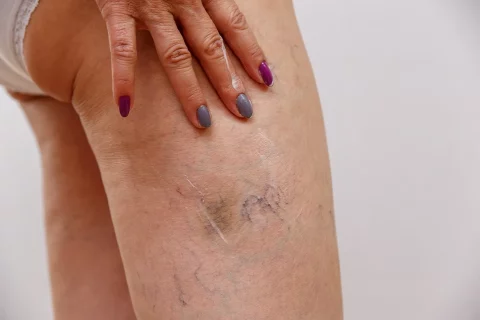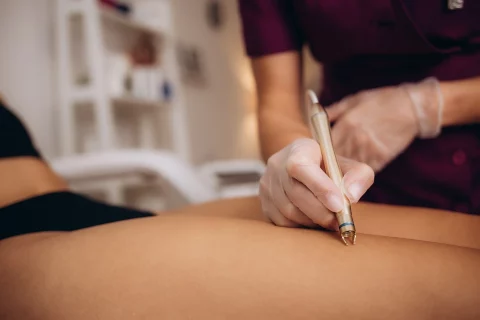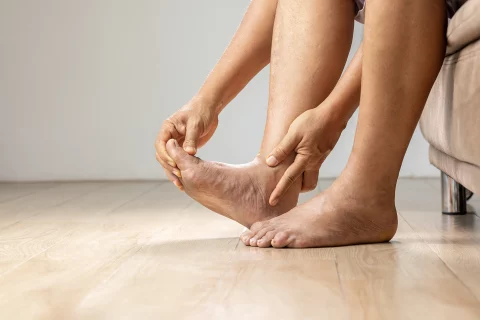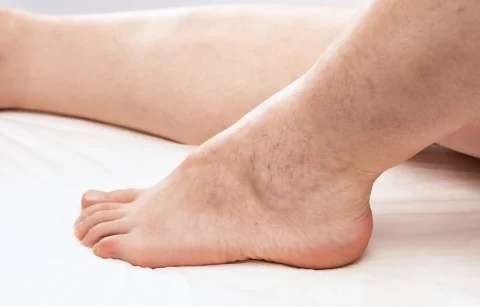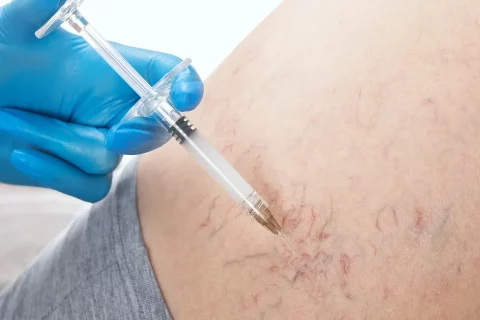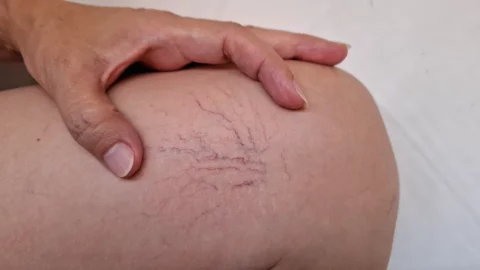Spider veins are some of the most common complaints that a patient can bring to a vein specialist. While not as painful as a varicose vein, spider veins are still a functional and aesthetic issue that people would like to treat. And while effective methods such as vein surgery exist, not everyone can afford such an expensive option.
So what are the other options for treating spider veins, and how much should you expect to pay for them? Overall, three popular methods are used to remove spider veins yet still be affordable for the public: sclerotherapy treatment, compression therapy, and laser vein removal or laser treatment. Each of them has varying costs that should be carefully weighed against the benefits you’re looking for in each procedure.
Different Treatment Methods For Spider Veins And Their Costs
One thing to keep in mind is that while spider veins and varicose veins may share a lot of the same symptoms and treatments, they are not the same conditions. Spider veins appear in the reticular vein (veins that don’t bulge above your skin) while a varicose vein usually occurs on a superficial vein (veins that are closer to the surface of the skin), usually along the legs.
Laser Spider Vein Treatment: Starts at $400 (average)
Laser therapy is by far the most popular option that many patients use for spider veins since the treated vein doesn’t have to be that large, it doesn’t require any invasive methods, and downtime is relatively simple.
Laser treatments target the specific blood vessel that’s causing the spider vein, warming it and causing it to be reabsorbed by the body in a few weeks. The entire procedure doesn’t take long, though multiple procedures may be needed if there’s a large network of spider veins.
Aside from some discomfort during the procedure itself, very few patients have reported any side effects from laser therapy. While the laser is hot enough to work on the vein itself, it doesn’t do any harm to the surrounding veins or tissue. With skilled application, your surgeon should be able to remove any spider veins with pinpoint precision.
Sclerotherapy Treatment: Starts at $300 (average)
Sclerotherapy is another popular option for people who want a mid-tier solution to their spider veins, as most vein clinics can apply the solution with the need for special equipment. Aside from some physical side effects immediately after the procedure, downtime is minimal and requires little post-procedure aftercare.
Sclerotherapy treatment works by introducing a sclerosing agent into the spider vein, causing it to close on itself and be reabsorbed by the body. Like laser treatment, sclerotherapy can take up to a few weeks before the full effects can be visible, and a few sessions depending on how large the treatment area is.
Patients generally report some itching and irritation around the site of the injections, but no serious complications should occur especially when applied by a vascular surgeon. However, given the invasive nature of the treatment, some patients may be monitored for any potential after-effects after their sessions and until the varicose vein disappears.
Compression Treatment: Starts at $100 (per pair)
Compression treatment is more of a passive solution rather than an active one for treating spider veins, but it works well as either a managing treatment after laser therapy or sclerotherapy or treating mild cases of spider veins. Most clinics will generally put a patient on compression treatment after vein surgery, just to make sure the results take.
The way that compression therapy works is by using a specific garment (in most cases, compression stockings) to exert pressure on the blood flow in a specific area of the body. This prevents any excess blood from pooling in one place and reduces the likelihood that any vein complications will occur.
Plenty of people will use compression garments to head off the development of spider veins, but always make sure to consult a medical professional about their use before trying it on yourself. Improper use of compression garments can cause circulation problems and serious medical conditions down the line.
Keep in mind that while these treatments can work in unison, it still falls on you to find the right provider and specialist to make sure that you’re getting the most out of your money with your spider vein treatment. These costs are also referring to the treatment itself – any clinic visits, procedural costs, and other costs are not covered by these estimates.
Get Healthier Veins With The Vein Center Doctor
A leg vein can tug at your self-confidence, but there are plenty of treatment options that you can consider to deal with the issue. The right vein doctor knowledgeable in sclerotherapy treatment is one of your best options for spider vein removal, though any vein specialist can also treat a damaged vein. You don’t need to spend too much either – there are vein clinics that offer a sclerotherapy session at low prices or provide you with alternatives that can also work on the affected vein.
At The Vein Center, we’re proud to offer board-accredited services that can help any patient with any vein-related condition like chronic venous insufficiency, vascular lesions, thread veins, and varicose vein treatment. Each plastic surgeon on our staff is extensively trained in laser vein treatment, radiofrequency ablation, foam sclerotherapy, and other methods of vein surgery.
If you want to learn more about how we can help you with your vein disease or if you want to get in touch with a vascular surgeon or a vein specialist, contact us today.


